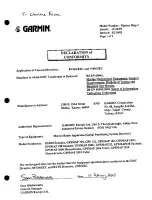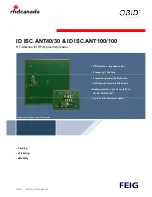
27
Apart from the normal filing problem and status information, the Command
line is used to set user parameters and access the many Commands
available within the EDITOR. These are described below.
Files f1
Apart from the loading and saving of music files and sound sets, the
EDITOR has access to notepad files. The notepad can be used to store all
or part of a voice. Often it is used temporarily to move sections from one
voice to another or to swap parts around within a voice (see Commands).
However, the notepad can also be used to store and retrieve whole voices
such as rhythm tracks and even to merge two music files together (see
Hints and Tips).
A notepad file is loaded in the normal way. They can be recognised by their
n.
prefix. Notepads can range in size from ‘1 to 999 notes and will only be
loaded if there is sufficient free space available. If the notepad is already in
use then a warning is given before replacing it. None of the music parame-
ters such as key signature or time signature are changed when a notepad
is loaded. You will therefore have to be careful about key signatures since
the music in the notepad could have been originally written in a different
key.
The current notepad may be saved on disc at any time. It might be a good
idea to make a note of the key signature it was composed in. You can
always of course, load it in separately, move it to a voice, transpose it and
save it as a notepad file once more.
The current notepad is erased when any music file is loaded. It is therefore
important to save the notepad file
before
replacing the music file.
THE EDITOR Command line
















































